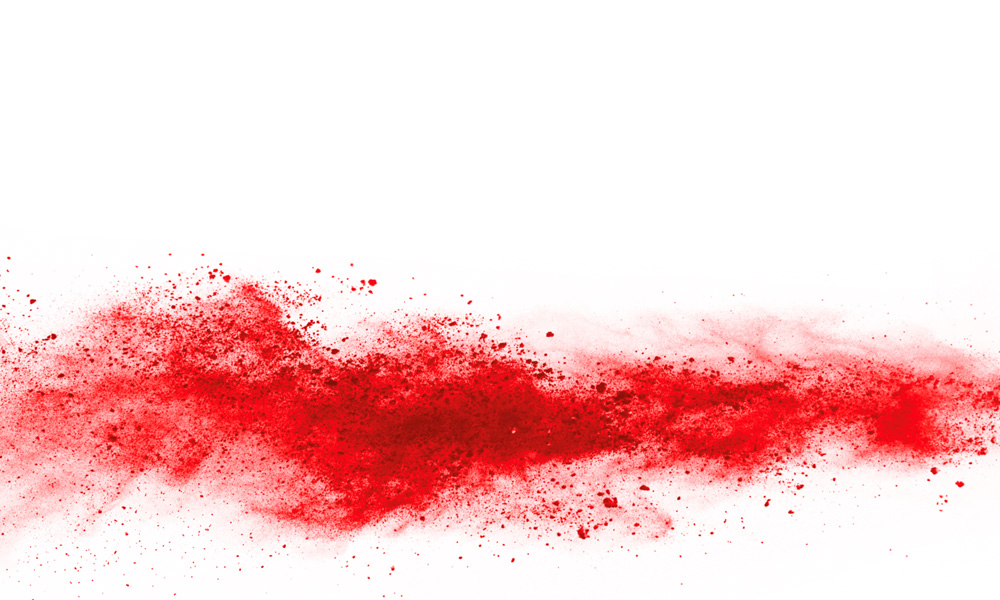Air polishing as an adjunct in non-surgical periodontal treatment …?
PD Dr. Kristina Bertl, PhD MSc MBA
Non-surgical periodontal treatment includes several aspects – from the reduction of local and systemic risk factors, to patient motivation and compliance, right through to subgingival instrumentation. According to the current S3 guidelines concerning treatment for patients with stage I to III periodontitis (Sanz et al. 2020), (ultra)sonic devices and/or hand instruments are recommended for subgingival instrumentation, but adjunct forms of treatment such as lasers or photodynamic therapy are not recommended.

It is already possible to treat on average around 75% of affected sites successfully using non-surgical periodontal treatment. This is obviously a very encouraging result, but nonetheless we are always trying to improve it and in recent years there has been a lot of discussion about air-polishing devices in this context.
A study from Australia (Divnic-Resnik et al. 2022) tested the adjunct use of air-polishing devices in patients with stage II to III periodontitis. As part of a controlled, randomized split-mouth study, standard debridement (ultrasonic and hand instruments) was compared with a standard debridement and the additional supragingival and subgingival use of an air-polishing device. For this purpose, in 21 patients, two quadrants each were treated either with the standard treatment or standard treatment and air-polishing therapy and the result was evaluated after three and six months.
On average, there was no relevant difference between the two groups, but when considering only the deep baseline probing pocket depths (≥ 5.5 mm), there were significant benefits in the quadrants that received additional air-polishing treatment.
- In total, 54% of the deep baseline probing pocket depths (≥ 5.5 mm) were less than 3.5 mm six months after additional air-polishing treatment, while this was only the case for 28% of deep baseline probing pocket depths after standard treatment.
- In addition, the test sites with deep baseline probing pocket depths (≥ 5.5 mm) displayed an average of around 1.5 mm more attachment gain than the control sites.
Even though the present study is based on a very small number of cases, it is possible to conclude that the additional use of air-polishing treatment could be beneficial for deep baseline probing pocket depths (≥ 5.5 mm) in particular.
Reference
- Divnic-Resnik, T., Pradhan, H., & Spahr, A. (2022). The efficacy of the adjunct use of subgingival air-polishing therapy with erythritol powder compared to conventional debridement alone during initial non-surgical periodontal therapy. Journal of Clinical Periodontology, 49(6), 547–555. https://doi.org/10.1111/jcpe.13623 Sanz M, Herrera D, Kebschull M, et al; On behalf of the EFP Workshop Participants and Methodological Consultants. Treatment of stage I–III periodontitis—The EFP S3 level clinical practice guideline. J Clin Periodontol. 2020;47:4–60. https://doi.org/10.1111/jcpe.13290


Commenti